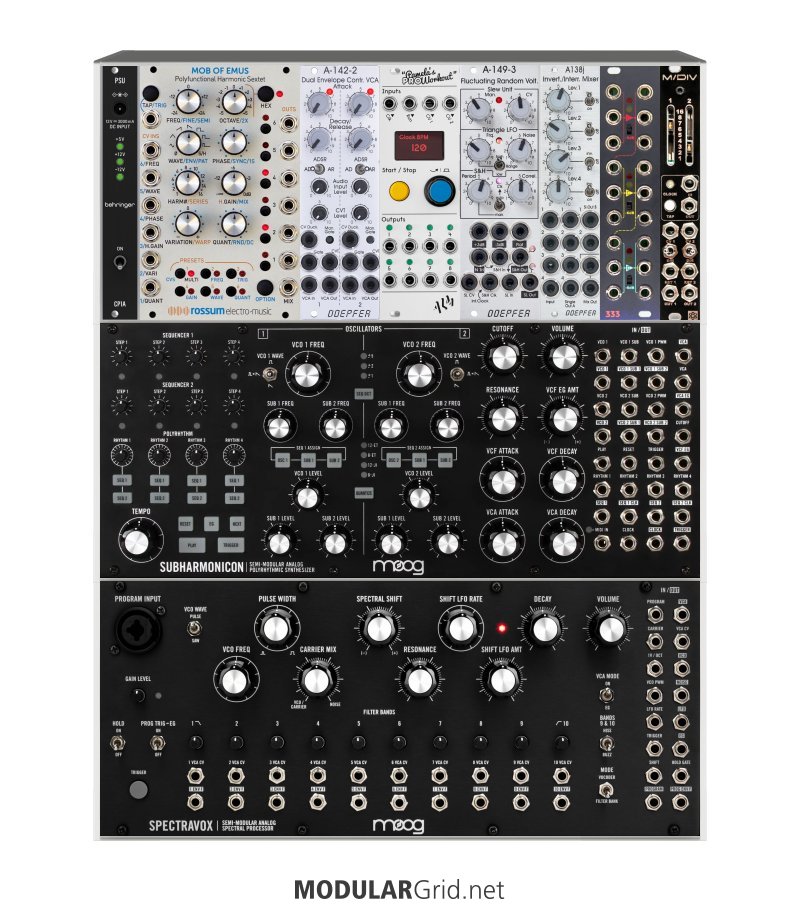So I got one. It's made really well. Shiny. The synth side is great. The oscillators sound rich and dynamic and are eager to purr and squeal under abuse. The filter does that thing. The EGs suffice.
I found exceptional ghosts in the machine, but like others have said, you have to hunt for them a while.
But when it's good, it's very good.
Understanding the subharmonics will take time, but I'm starting to hear it.
That sequencer though... I know there was a design vision, and sometimes you can hear it as well as see it,
but those clock ratios are made too squishy and indeteminate. I appreciate the happy accidents,
but that's no way to do everything. There should have been some rate indicator for those clocks,
or used clicky, 16-step encoders.
The quantizer is fine, even the 4x2 steps are interesting, but with those clocks, they should have let digital be digital.
And why they didn't put those nice little knobs they made for Mavis etc., onto the sequencer pots?
Moog cheaped out on the heart of the devices's reason for being. They aren't auxilliary controls.
They made those knobs, so knew they were needed. Sadly, that knob kit (25 for ~$30) is now impossible to find.
There are accountants that work at Moog, that are against something having too many knobs. Go figure.
Better (on a Spectravox):

A poor decision across that whole product line. When you buy a Yamaha receiver for $600,
it doesn't come with knobless knurled shafts sticking out the front. (or do they now?)
Moog inMusic has the profit margins to ship fully assembled products,
especially considering the hardware that $600 worth of Yamaha gets you.
So I'm still learning it, enough to try out what outboard things it needs to open it up.
The 3 tier plan: (inMoog doesn't sell those matching empty 60hp cases anymore either..)

This should help get it there, because when the Subharmonicon is good, it's very good.
